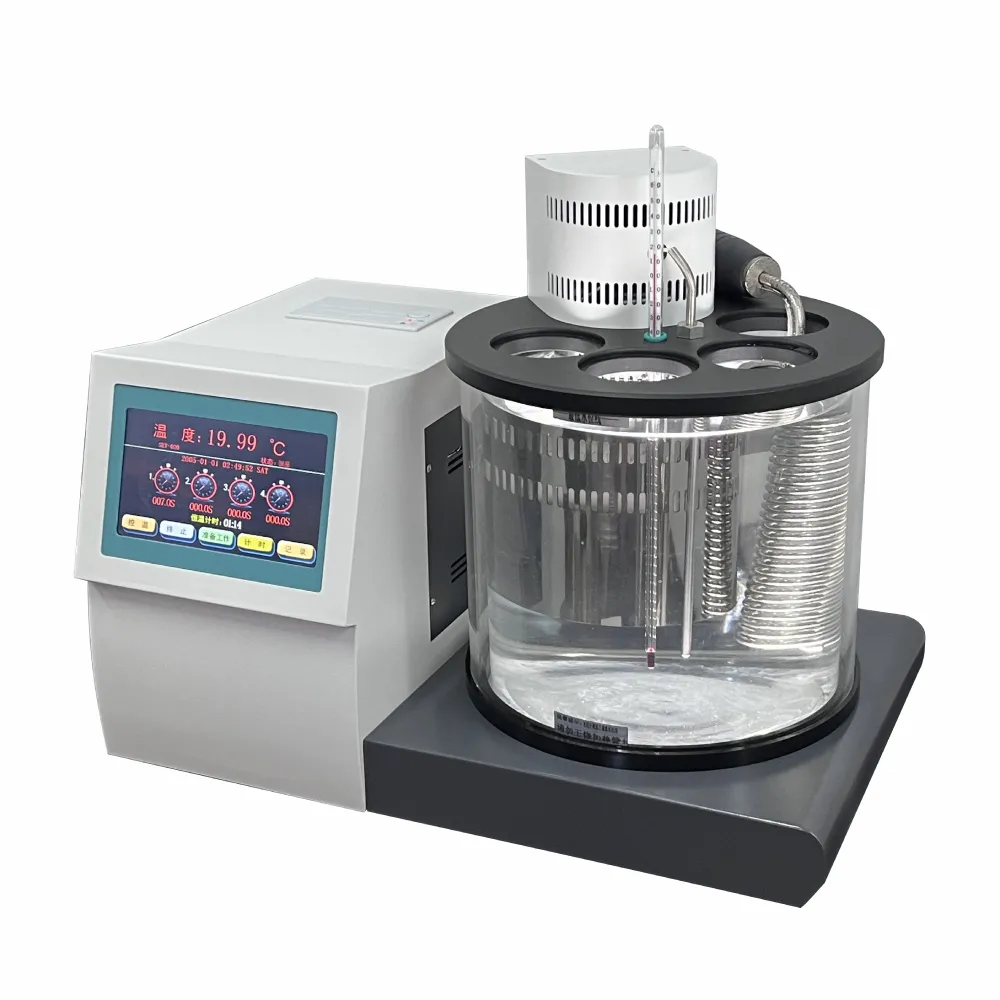 English
English


precipitation potentiometric titration
Understanding Precipitation Potentiometric Titration Principles and Applications
Precipitation potentiometric titration is a crucial analytical technique utilized for the determination of ionic species in solution. Its significance lies in the ability to ascertain concentrations of analytes through the measurement of potential changes in an electrochemical cell. This method is particularly effective for titrating halides, sulfates, and other anions against a selective reagent, thus aiding in various fields including environmental monitoring, pharmaceuticals, and quality control in food and beverages.
Principles of Precipitation Potentiometric Titration
At the core of this titration method is the principle of precipitation, where a soluble reactant (the titrant) is added to a solution containing the target ion (the analyte), leading to the formation of an insoluble precipitate. The reaction proceeds until all of the analyte has reacted, which is detected through changes in the electrical potential of the solution.
The equipment typically involves a potentiometric setup, which includes a saturated calomel electrode (SCE) or a glass electrode sensitive to the analyte in question. During the titration process, as the titrant is incrementally added, the precipitation continues until the endpoint is reached. At this point, the concentration of the analyte is known to have been fully reacted and can be calculated based on the volume of titrant used.
Endpoint Determination
The endpoint of a precipitation potentiometric titration is critical for accurate measurement. It can be defined by a significant change in potential, often indicated by a sharp slope in the titration curve when plotted against the volume of titrant added. This change correlates with the sudden onset of precipitation of the analyte-titrant complex, marking the completion of the reaction.
precipitation potentiometric titration

To ensure precision, it is essential to select an appropriate titrating agent that forms a well-defined precipitate with the analyte. Common titrants include silver nitrate (AgNO₃) for halides, where the formation of silver halide (AgX) precipitates is easily monitored potently. The accuracy of this method is further enhanced by calibration with standard solutions, which help in fine-tuning the results.
Applications in Various Fields
The versatility of precipitation potentiometric titration allows it to be employed in numerous applications. In environmental science, this method is instrumental in quantifying heavy metals in water bodies, assessing contamination levels, and ensuring regulatory compliance. For instance, the measurement of chloride and sulfate concentrations can provide insights into pollution sources and water quality.
In the pharmaceutical industry, this technique is vital for the analysis of drug formulations that involve ionizable components. It helps ensure the correct dosages are being administered and aids in the quality control processes by monitoring the content of active ingredients.
Additionally, the food and beverage industry relies on precipitation potentiometric titrations for assessing the purity of water, monitoring food additives, and controlling waste byproducts in manufacturing processes. Ensuring that food products meet safety standards and regulatory requirements is paramount, and this method provides an effective means to achieve that.
Conclusion
Precipitation potentiometric titration stands as a robust and reliable method for quantitative analysis of ionic species in an array of applications. Its ability to accurately determine concentrations through potential measurement not only enhances our understanding of chemical interactions but also plays a vital role in various industries. As technology advances, the incorporation of automated potentiometric titration systems promises greater efficiency and precision, paving the way for enhanced analytical capabilities in the future. The continued development of this technique is critical for ensuring the safety and quality of our environment, products, and health.
-
Differences between open cup flash point tester and closed cup flash point testerNewsOct.31,2024
-
The Reliable Load Tap ChangerNewsOct.23,2024
-
The Essential Guide to Hipot TestersNewsOct.23,2024
-
The Digital Insulation TesterNewsOct.23,2024
-
The Best Earth Loop Impedance Tester for SaleNewsOct.23,2024
-
Tan Delta Tester--The Essential Tool for Electrical Insulation TestingNewsOct.23,2024





